As temperatures drop below 50 degrees (and 40 degrees, and 30 degrees, and….), outdoor pickleballs cracking and losing their shape are far too common.
This is frustrating because at $3-$4 per ball the cost in balls alone can skyrocket in 2-3 hours of pickleball play!
There are options for cold weather pickleballs, but each has tradeoffs in durability and performance.
In the following post, we breakdown the performance of the 3 best cold weather pickleballs and what you can expect playing with them in cold weather. We also cover price and average overall Amazon rating of each:
These breakdowns are based on our own experience as well as feedback from thousands of online reviews of each ball.
Ready? Let’s dive in!
Best Cold Weather Pickleballs: The Truth Hurts
The honest truth is that there is no perfect pickleball for cold weather, so it’s important to have realistic expectations when playing pickleball in cold temperatures.
Harder plastic balls like the DuraFast 40 are true to their name and crack very fast below 45 degrees.

While softer pickleballs that won’t crack as easily lose their shape and roundness, resulting in inconsistent bounces.
So just know going in there is no perfect pickleball for cold weather, and there are tradeoffs in performance and durability with any pickleball you choose.
Best Cold Weather Pickleballs: Ratings & Pricing
Without further ado, here is our breakdown of the Selkirk, Franklin X-40, and PCKL pickleballs for cold weather play:
Best Cold Weather Pickleballs: What Customers Say
After reviewing 100s of reviews for each product, customer likes and dislikes are very clear - the softer the ball (e.g., PCKL and Selkirk) the longer the balls last.
But the softer balls like the PCKL and Selkirk pickleballs lose their round shape faster, and bounces and flight become less predictable.
For the slightly harder Franklin X-40, the balls tend to crack a bit faster than softer balls, but the Franklins maintain their shape so their bounce and flight are consistent for longer.
Best Cold Weather Pickleballs: Our Recommendation
There’s a reason the Franklin X-40 is the most popular and highest rated pickleball on the market - it’s been around the longest (a good thing in our opinion) and offers a good balance of features at the best price among its peers.
And for those reasons we think it is still the best option for cold weather pickleball (even though the balls will crack over time).
That said, if you consistently play in temps below 35 degrees, we recommend trying the Selkirk Pro S1 and PCKL Elite 40 balls.
Due to its higher rating on Amazon we recommend starting with the PCKL Elite 40.
These balls should last longer than other balls, so you’ll just have to decide if the downside of inconsistent bounces from pickleballs losing their roundness is worth the extra games you can play before the balls break down.
Every situation is different so experiment and find the best option for your group!
Best Cold Weather Pickleballs: What About the Core, Fuse & Penn 40?
The following indoor pickleballs are often highlighted as good outdoor pickleballs for cold weather:
|
|
Check Pricing or |
| Check Pricing or | |
|
|
|
|
|
|
However, these balls are really indoor pickleballs - they are constructed differently than other outdoor pickleballs like the Franklin X-40 or Selkirk Pro S1.
The indoor pickleballs are (usually):
- made of a softer plastic,
- have a spongy or springy feel off the paddle, and
- will in fact usually last longer than the cold weather pickleballs highlighted above.


Note the difference in material - the indoor ball on the left is much softer.
However, these pickleballs are not considered tournament-level pickleballs by many players.
None of these balls are used in tournaments or leagues approved by the USA Pickleball Association, so we personally prefer other options (even those that crack frequently in cold weather).
That said, the indoor pickleballs work great for many people so as long as you are not using them to prepare for an upcoming tournament they can do the trick in outdoor cold weather.
FAQs: Best Cold Weather Pickleball Balls
What pickleballs don’t crack in cold weather?
Due to their plastic material, all pickleballs will eventually crack in cold temperatures.
This happens because the plastic material constricts in cold weather, becomes brittle, and develops hairline cracks as the balls hit paddles and hard surfaces. Over time these cracks become larger until the balls eventually break.
Some balls like the Selkirk Pro S1 and PCKL Elite 40 will last longer in cold weather than their peers. But these balls tend to lose their shape and roundness, which results in wobbly ball flight or inconsistent bounces.
Can you play pickleball in the cold?
Absolutely! Folks all over the world play pickleball when temperatures dip below freezing.
The keys to playing successfully in cold weather are to ensure the court is safe and not slick, warm-up and stretch your muscles, layer clothing, and bring plenty of balls (because they will crack more easily in the cold weather).
We highlight how cold is too cold, its effect on balls and paddles, tips for playing pickleball in the cold, and loads more cold weather pickleball tips in this guide.










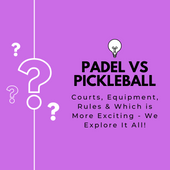
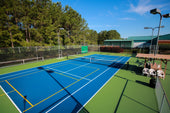
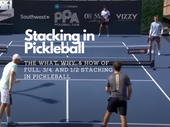
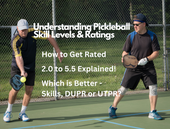
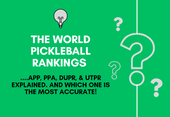
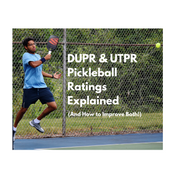
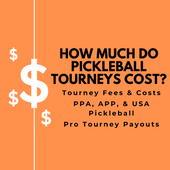
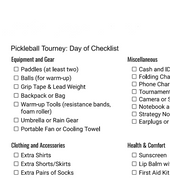
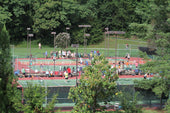
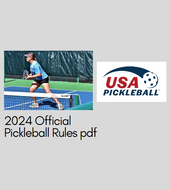
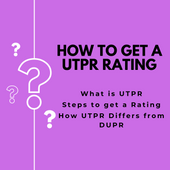
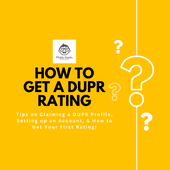
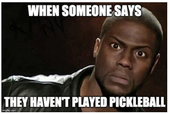
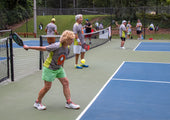
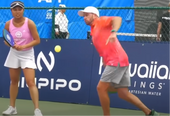













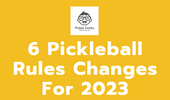
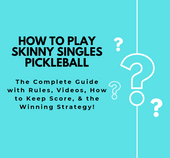
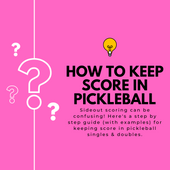
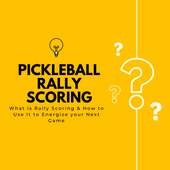
1 comment
Great rundown on the best cold-weather pickleballs! Playing in colder weather can be tricky—last winter, I found my usual balls cracking after a few games. Switching to a more durable option made a huge difference. For those gearing up for chilly matches, check out volleyllamapickleball.com for great gear. It’s all about finding the right equipment to keep the game going, no matter the weather!